The mountain bike tech noone complains about any more

The march of technology is inexorable and usually for the better, but that doesn't stop people from raging against whatever new invention has landed, with dire predictions about how it's unnecessary, going to ruin the sport or both. Here are just a few things the luddites poured scorn on that have turned out just fine...
- Five mountain biking myths that just aren't true
- The best hardtail and full suspension mountain bikes you can buy for under £1500
- 11 things you should do as soon as you get a new bike
Disc brakes
Believe it or not, when disc brakes were first introduced to the mountain bike world in the late 1990s there was much wailing and gnashing of teeth over whether there was any need for them. Arguments went roughly along the lines of them being too heavy, too powerful - you could easily lock up a wheel with a rim brake after all - and too needy for maintenance.
Of course, all this was utter cobblers. Having brakes that worked in the wet and mud, didn't destroy your expensive rim in the process of braking and could deliver stopping without requiring you to pull the lever so hard your eyes bulged was always going to be a good thing. It also turned out that hydraulic discs required much less maintenance than a system that relied on bits of metal string to keep working.
That said, it's somewhat telling that our roadie brethren are still arguing over the merits of them 20 years later. There's no telling some people.
Dropper posts
Back in the day, the received wisdom about saddle height was this; downhillers put it all the way down, cross-country riders had it jammed up somewhere in the region of their small intestine. As these were your two choices when it came to riding, securing your seat post in place with a bolt was a perfectly good idea - why would you want to alter it?
Save for a few folks ahead of their time - say hello to the Hite-Rite - the best you could hope for if you wanted to rider up hills sitting down/ride down hills intact (delete as appropriate) was to use a quick-release seat collar and stop every time the gradient changed to tweak your saddle height.
Then, along came the first dropper posts, with the Maverick Speedball (later the Crank Brothers Joplin) and the Gravity Dropper. The former was smooth running and well polished but hideously unreliable, the latter looked like it was made in a shed, extended with great fury and noise but pretty damn tough.
That led to many people dismissing them as a bit of a novelty of limited interest but - as so often happens with these things - the people who had actually given one a go became instant converts. Cue RockShox Reverb making it mainstream a few years later and the dropper post was here to stay. Hell, even elite level cross-country racers use the things nowadays...
The 29" wheel
There was a time when things were very simple when it came to wheel size - you could have a 26" wheel on your mountain bike and that was that. Along came Gary Fisher and threw a spanner into that by introducing the 29" wheel, which basically took a 700c rim from a road bike and slapped a big fat tyre on it.
Despite well-justified claims of this new wheel size improving the ability of the wheel to roll over obstacles and some less well-founded claims about other stuff, many people were put off by this weird new idea and the big hoops took a long time to gain any traction, certainly with the buying public.
It didn't help that most of the focus of bike manufacturers was about making the bikes handle like the 26" wheeled models then in service, which meant steepening up the head angles so they handled quickly despite the extra rotating weight - which meant they were rather twitchy to say the least.
Fast forward a few years and the wheels gradually moved out of a weirdy, beardy niche (singlespeeds, anyone?) and became more mainstream, finally gaining broad acceptance in the world of cross-country hardtails and (as of now) longer travel bikes. It's just pain that things were confused further when 650b/27.5" wheels came along all of a sudden...
Suspension (especially rear suspension)
It tells you something that mountain biking shared much more in common with road cycling than motocross for many years. You might have thought that looking to a sport that's about going fast in the dirt (admittedly with an engine) rather than one entirely based on tarmac might provide some useful pointers, but the road cycling legacy proved tricky to discard, especially when it came to putting a bit of suspension on your bike.
Okay, so at first most suspension designs weren't great - especially rear suspension, which was generally heavy and not very good - but it's impressive how many people still wrote off the entire concept as unnecessary at best and as an active impediment to become a skilled rider at worst.
That said, you can still hear the line about 'skills compensator' being dropped about a modern long travel bike by some wizened old die-hard, which must be news to the likes of Aaron Gwin and everyone else that's enjoying not being rattled to pieces on anything other than glass-smooth surfaces.
Tubeless tyres
It's easy to see why there was such an attachment to the inner tube for riders. Taking a couple with you for every ride, constantly pulling them out of your tyre to fix punctures, the thwack followed by a hiss as rock and rim joined forces to put some dirty great holes in it, devoting evenings to sticking bits of rubber onto your accumulated dead tube collection; yes the inner tube was very much a part of mountain biking.
Okay, it was actually a total pain in the arse. You'd have thought that people would be desperate to get away from it, but the takeup of the first tubeless systems was pretty minor. Mavic's UST system did require you to buy a new rim and specific (expensive) tyre but soon much more affordable systems came along that only required some tape, some goo and some valves to get working - but still the forums were alive with people scorning it for many years, like they were stuck in some sort of horrible abusive relationship with their innertubes.
Okay, so we're still sometimes brought to tears by a tyre and rim combo that won't seal, but compared to the bad old days of inner tubes, 'tis but a fleeting moment of annoyance. We do kind of miss the sheer number of tube-enforced mid-ride rest stops you used to get back in the day though...
Through axles
When Tullio Campagnolo invented the quick-release hub skewer back in 1927, mountain biking was still quite a way off, but it speaks volumes as to the soundness of his design that it was still being used to hold in wheels so many decades later.
A sound design it might be, but the road cycling heritage was really quite telling when mountain bikes began a separate and rapid evolution into proper off-road capable machines and having your wheels held in place by a thin bit of steel might not be the best of ideas. Downhill racers quickly latched on to the 20mm, bolt up front through axle, but even long travel trail bikes still made do with a QR at the back thanks to being limited by hub designs for many years.
You'd have thought the through axles would have been welcomed with open arms by anyone that didn't want their fork to handle like a noodle or their wheel to come loose mid-ride, but once again a combination of bloody-minded resistance to change and a confusing and ever changing mish-mash of 'standards' meant much grumbling over what should have been a cut and dried inprovement.
That said, we're still a bit bitter that the 15mm front axle has become de-rigeur for trail bikes as it's barely any lighter than that original 20mm design and certainly isn't any stiffer, making it by far the superior engineering solution. No pleasing some people.
Wide handlebars
Once upon a time, the narrower your mountain bike bar, the more serious a rider you must be, with many trimming down their already narrow 22" (560mm) bars even tighter to lose all important grammes from their bikes. Happily, sanity prevailed and after a while 680mm because fairly standard for an all-round handlebar.
However, downhill deviants soon started to want more leverage to wrestle their machines around and down steep tracks (understandably) and bar widths began to creep up past 700mm, much to the consternation of many, whose minds were blown that it was possible to ride between any trees in a forest with such outrageously wide bars.
Oddly enough, bars for trail riders are now in excess of 780mm in many cases, yet the woods aren't full of mountain bikers crying and pawing at their phones for help with naught but red mushy finger stumps to operate the touchscreen or wedged firmly between trees to narrow to fit through, trapped waiting for rescue or a slow death from starvation. Odd that.
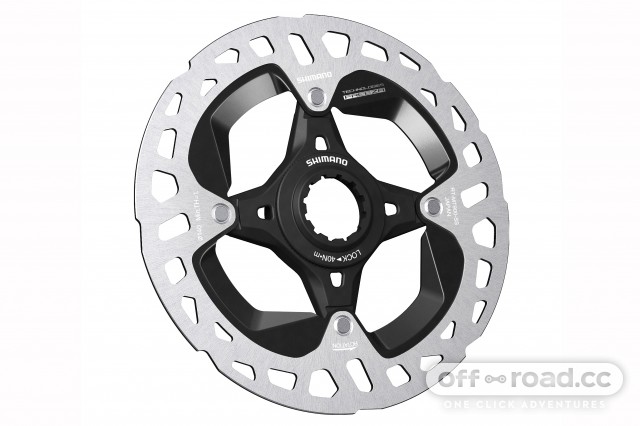






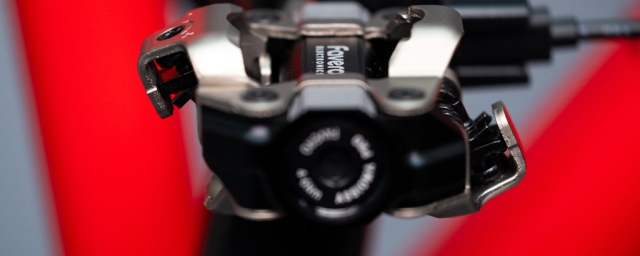



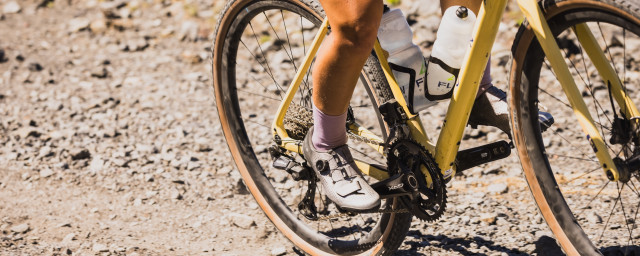
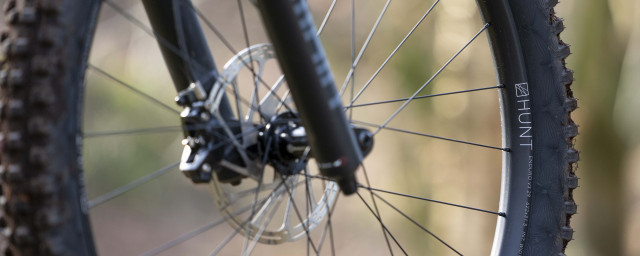

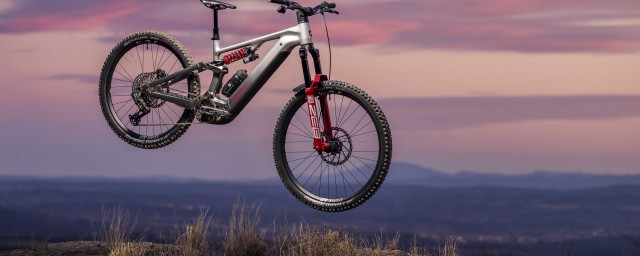
4 comments
I've heard of (and known people who were involved in) accidents where the QR has undone and the wheel has fallen out, with predictable consequences - so I am a very big fan of through axles - you'll need to be going some to have it undo and come all the way out without you noticing. I can't wait until they're gone on every bike, in my opinion! Having ridden old QR and through axle forks back to back, it does make a big difference to torsional stiffness too, IMO.
Not sure about the through axles either, Ive never had any wheel come off accidentally be it on an old ATB with bolts or 9mm qr skewer, also I dont buy this extra stiffness malarkey unless youre a hardcore DH rider. Just my 2p
Aye, I guess that one is still quite a personal/local one. I still have to shimmy down a few trails, but that might be the bar width
Generally agree, except for the last bit.
One of the reasons you don't see riders with today's wide bars wedged between trees is because in order to fit their bars through the trees they tend to cut the trees down ... when was the last time you had to shimmy down a trail where the trees were barely shoulder width apart?
Some of my old favourite singletrack was fun because you had to constantly duck and dive to avoid shoulder barging a tree, and would be all but impossible on most of todays bikes, which is one reason why my bars are still under the 700mm width.